Gum Disease Treatment – Lewisville, TX
Complete Health for Your Entire Mouth

When it comes to oral health, the condition of your gums matters just as much as your teeth. Despite this, roughly 50 percent of adults have some form of gum disease, an infection that can lead to a host of dental issues, from gum irritation to tooth loss.
Our team at Sehnert Precision Dentistry takes gum disease seriously, which is why we offer periodontal disease treatment in our Lewisville dental office. If your gums aren’t looking or feeling their best, read more below to learn more about this condition and see how we can help!
What is Gum Disease?
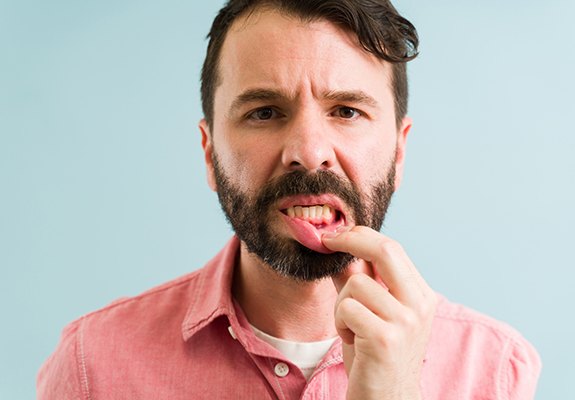
Gum disease, also called periodontal disease, is a bacterial infection that affects the tissues supporting your teeth. It begins as gingivitis, a low-severity infection that can often be treated and eradicated with better oral hygiene. However, if left alone, it can progress to periodontitis, which can only be managed with professional treatment.
The best way to treat gum disease is to catch it early and stop it from causing long-term damage. Routine dental checkups are critical in detecting it before symptoms become more severe.
Symptoms of Gum Disease
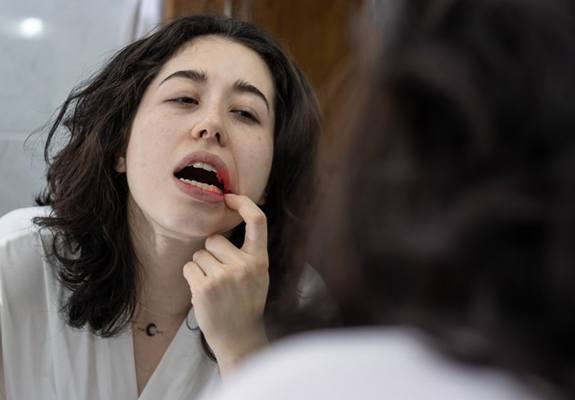
Gum disease isn’t always painful at first, which makes it easy to overlook. Keep an eye out for these common warning signs:
- Red, swollen, or tender gums
- Bleeding when brushing or flossing
- Persistent bad breath
- Receding gum line
- Pain while chewing
- Loose or shifting teeth
If you notice one or more of these symptoms, don’t wait. Call our office and schedule an appointment with Dr. Sehnert. He’ll give your mouth a thorough exam and create a personalized treatment plan to get your gum health back on track.
How Do We Treat Gum Disease?
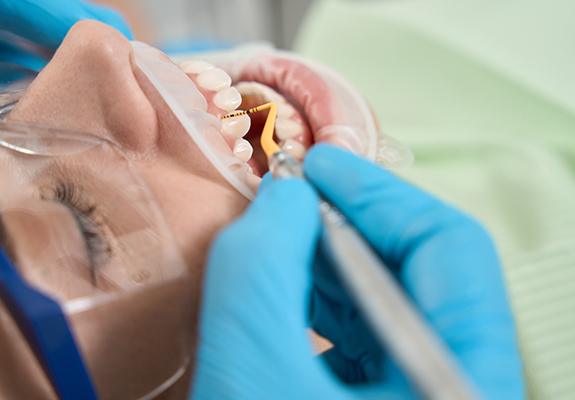
At Sehnert Precision Dentistry, we begin every treatment with a consultation. Once Dr. Sehnert has an idea of what to expect, he’ll recommend targeted procedures like scaling and root planing to eliminate infection and promote healing. This will keep your smile safe and your gum health in check for the road ahead.
Scaling & Root Planing
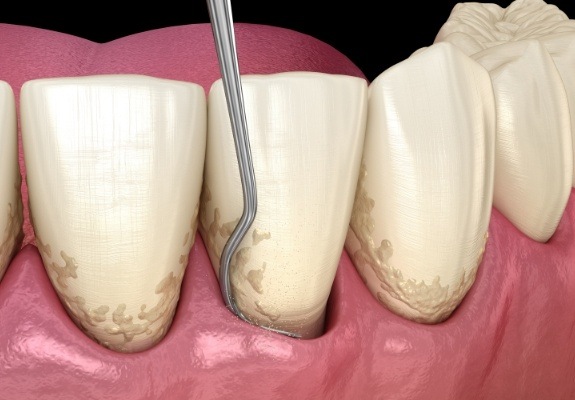
Scaling and root planing is a deep dental cleaning for patients with gum disease. First, any built-up plaque, tartar, and bacteria are removed from your gum line, and then the roots of your teeth are slightly reshaped and smoothed. This helps prevent bacteria from gathering near your gums in the future and stimulates the healing process.
The procedure can typically be completed in one to four appointments based on the severity of your infection. Contact our office, and we’ll help you schedule your scaling and root planing so you can enjoy restored oral health.
Do I Need Scaling & Root Planing?

Not all patients with gum disease need a scaling and root planing. If the case is mild enough, you might be able to treat it with increased oral hygiene efforts at home. That’s why it’s important to call our office as soon as you notice any of the symptoms mentioned above. Once the disease is rooted deep below your gumline, your toothbrush isn’t going to be able to accomplish much. Dr. Sehnert will be able to tell you whether your gum disease is severe enough to require a scaling and root planing.
The Process of Scaling & Root Planing
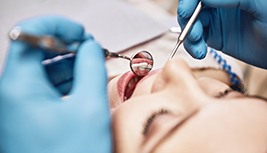
Dr. Sehnert will begin with the scaling, which is similar to what you might experience during a regular checkup and cleaning appointment. We’ll use special dental equipment to scrape away the plaque and tartar built up on your teeth, and then we’ll work below your gumline to target the bacteria hiding there.
Next is the planing part of the treatment. Dr. Sehnert will gently smooth out your gums, closing any pockets left behind by bacteria and encouraging the tissue to reattach to your teeth and dental roots. Once planing is complete, it should be more difficult for gum disease bacteria to reinfect your gums in the future.
Aftercare Tips for Scaling & Root Planing

Since we’ll numb your mouth with a local anesthetic, it’s best not to eat for the next two hours after your treatment. Otherwise, you could bite your tongue or cheek. We also recommend rinsing your mouth with a salt water mixture for several days, as salt has antibacterial properties. You can still brush and floss (and we highly encourage you to do so!), but you’ll want to be extra careful around your treatment area.
Dr. Sehnert may have additional instructions for you based on your needs. Rest assured, we’ll go over these with you in detail before you leave the office!
